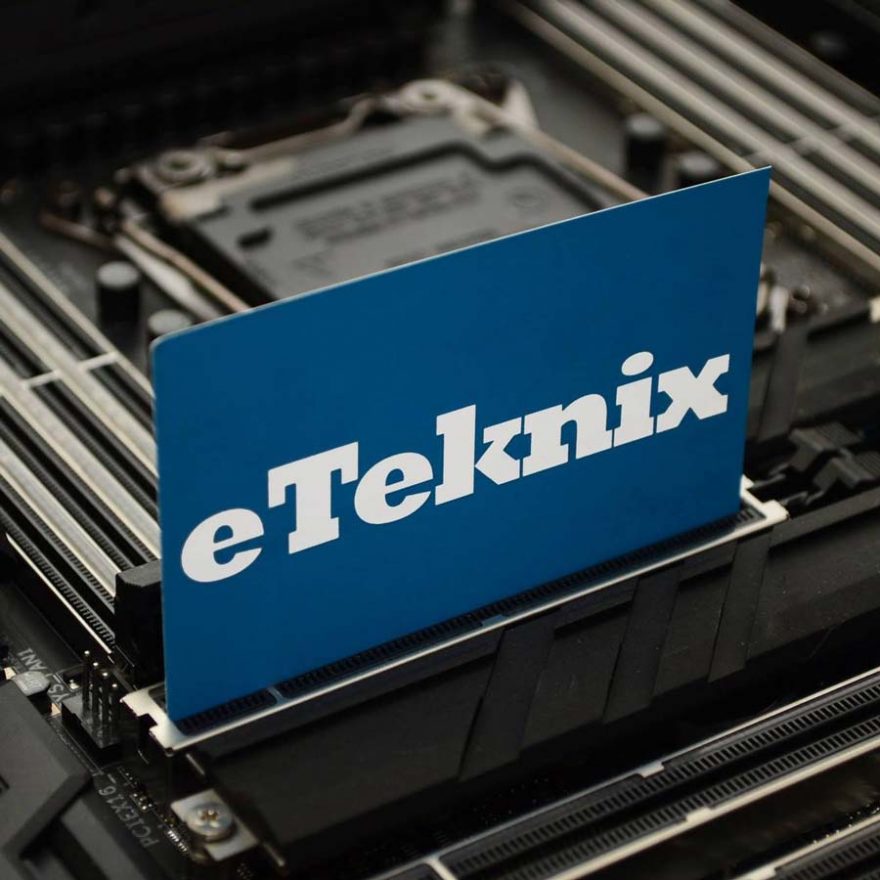ASGARD BRAGI DDR4 3600MHz 16GB (8GBx2) Review
Brandon Dodman / 3 years ago
How We Test
Here at eTeknix, we endeavour to disclose vital information regarding the benchmarking process so that readers can quantify the results and attempt to replicate them using their hardware. When it comes to our benchmarks in our reviews, the benchmarks are pretty self-explanatory although there are a few exceptions. Remember that your choice of graphics card, CPU, the silicon lottery, and other factors can yield different numbers, and there’s always a margin for error when using any software. Therefore, your experience may vary.
Testing Your Own System
Links are provided below, as well as the settings we use. We encourage you to not just look at how one product compares to any other, but how it compares to your own. If you’re looking to build a new system, you should benchmark your current PC using our benchmarks and settings where possible. You should then look at the percentage improvement from your current hardware to the hardware we tested to give you a ballpark figure of how much an upgrade this will provide you with.
Test System
| Processor | Intel i9 12900k |
| Motherboard | MSI Z690 TOMAHAWK WiFi |
| Memory | Changes Per Review |
| Graphics | Gigabyte RTX 3080 Gaming OC 10GB |
| Storage | Seagate Firecuda 520 1TB |
| Power Supply | Corsair RM850x |
| Software | Windows 10 Professional 1909 |
| Drivers | NVDIA GeForce 497.29 DCH |
Software Used
- CineBench R23 (download)
- AIDA 64 Engineer (download)
- WPrime (download)
- 3DMark (download)
- HWMonitor (download)
- CPU-Z (download)
Methodology
In our RAM reviews, we keep things relatively simple. We put the RAM kit that is being tested into our test system and benchmark it at its first XMP profile using a variety of benchmarks and tests. Once complete, we apply a reasonable overclock where possible and benchmark the same software with the overclocked values. The CPU clock speed is set to default for both runs.



















